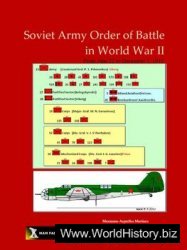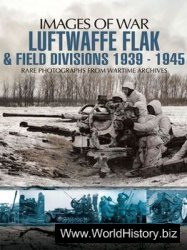During their careers, the military leaders profiled in this book earned a small basketful of medals, as many as 35 or 40 in a few cases. Those include awards from some branch or other of the U. S. government for individual performance; "unit citations" for the deeds of the military unit to which the person was assigned and/or commanded at the time; and some presented to the individual by foreign governments.
To avoid what otherwise would seem endless repetition, only the U. S. military medals that carry the highest prestige are noted in this books biographies. Further, the medals initials, as shown below, will be used most of the time—as the Defense Department, itself, summarizes medals in its personnel files.
In addition, again for brevity’s sake, when an individual was awarded more than one of some particular medal, a number will precede the initials. For example, the receipt of two Distinguished Service Medals will be cited simply as 2DSM rather than the more precise, “One Oak Leaf Cluster in lieu of a second Distinguished Service Medal.”
The following are the most highly regarded U. S. military medals:
• Medal of Honor—awarded by the president at the instruction of Congress for an individual’s “conspicuous gaUantiy and intrepidity at the risk of life and beyond the call of duty in actual conflict with the enemy.”
• Distinguished Service Cross (DSC)—“for heroism and valor, involving extraordinaiy risk of life in connection with military operations against an enemy.” (In the Navy, it also is known as the Navy Cross; and, in the Air Force as the Air Force Cross.)
• Distinguished Service Medal (DSM)—“for exceptionally meritorious service in a duty of great responsibility.”
• Silver Star (SS)—“for distinguished gallantry in action.”
• Department of Defense Service Medal (DDSM)—“for exceptionally meritorious service in a position of unique and great responsibility while serving on a joint staff or with other joint activities of the Department of Defense.”
• Defense Superior Service Medal (DSSM)—“for superior, meritorious service on a joint staff or with other joint activities of the Department of Defense.”
• Legion of Merit (LM)—“for exceptionally meritorious conduct in the performance of outstanding services.”
• Distinguished Flying Cross (DFC)—“for distinguished heroism or extraordinaiy achievement while participating in aerial flight.”
• Soldiers Medal as it’s titled in the Army. (Called the Navy Medal and the Marine Corps Medal in those two services, respectively, it’s known as the Airmans Medal in the Air Force.)—“for distinguished heroism not involving conflict with an enemy.” (Once known as the Congressional Silver Life-Saving Medal, it is awarded, usually, for dramatic rescue of wounded and/or marooned persons “from a hostile environment.”)
• Bronze Star Medal (BSM)—"for distinguished heroism or meritorious achievement in operations against an enemy or in support of such operations.”
• Purple Heart (PH)—awarded to persons wounded in action against an enemy; or, subsequent to a Presidential decree made retroactive to December 6, 1941, awarded posthumously to those killed in action. (In and following World War I, the PH also was awarded to some persons who received a "meritorious service” certificate from the Commander-inChief, American Expeditionary Forces, in addition to those wounded in action. The PH also was awarded "for meritorious service other than wounds” at the outset of World War II—until September, 1942. Since then, by Presidential decree, the Purple Heart is awarded exclusively to persons killed or wounded in action against an enemy.)
• Defense Meritorious Service Medal (DMSM)—"for conspicuously meritorious service on joint staffs or other joint activities of the Department of Defense” (considered third in order of recognition behind the DDSM and the DSSM, respectively).
• Meritorious Service Medal (MSM)—"for conspicuously meritorious performance of duty in a non-combat situation.”
• Commendation Ribbon (CR)—"for distinguished or meritorious service or meritorious achievement.” (In the Army and Air Force, on March 31, 1960, they renamed this "Ribbon” to be their Commendation Medal.)
In addition to the above, awards also are presented to persons
Who demonstrate skill, leadership or heroism in a particular,
Specialized military field. Among the most prestigious of these:
• Joint Service Commendation Medal (JSCM)—"for outstanding performance of duty and meritorious achievement” by persons in uniform "while assigned to joint staffs” and/or "other joint activities.”
• Air Medal (AM)—"for meritorious achievement beyond that normally expected, while participating in aerial flight.” (The Air Medal can be earned by airborne infantry as well as aircraft pilots and flight crews.)
• Combat Infantry Badge (CIB)—"for exemplary conduct in combat against an enemy.” In general, receipt of the award is restricted to infantrymen assigned or attached to an infan-
Try combat unit of brigade size (approximately 3,500 persons) or smaller.
Combat Medical Badge (CMB)—“for exemplary conduct” by Medical Corps personnel, i. e., doctors, nurses, and paramedics, while in support of an infantry unit (brigade size or smaller) during combat with enemy forces.




 World History
World History









